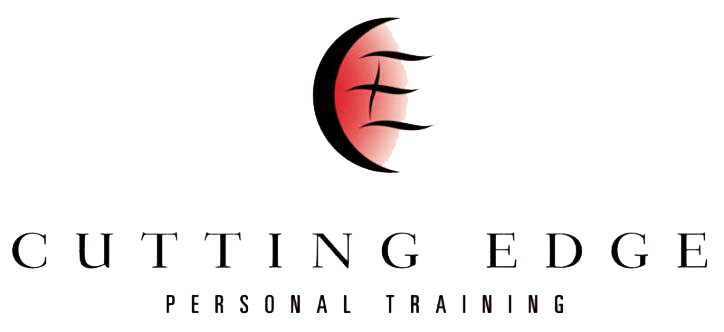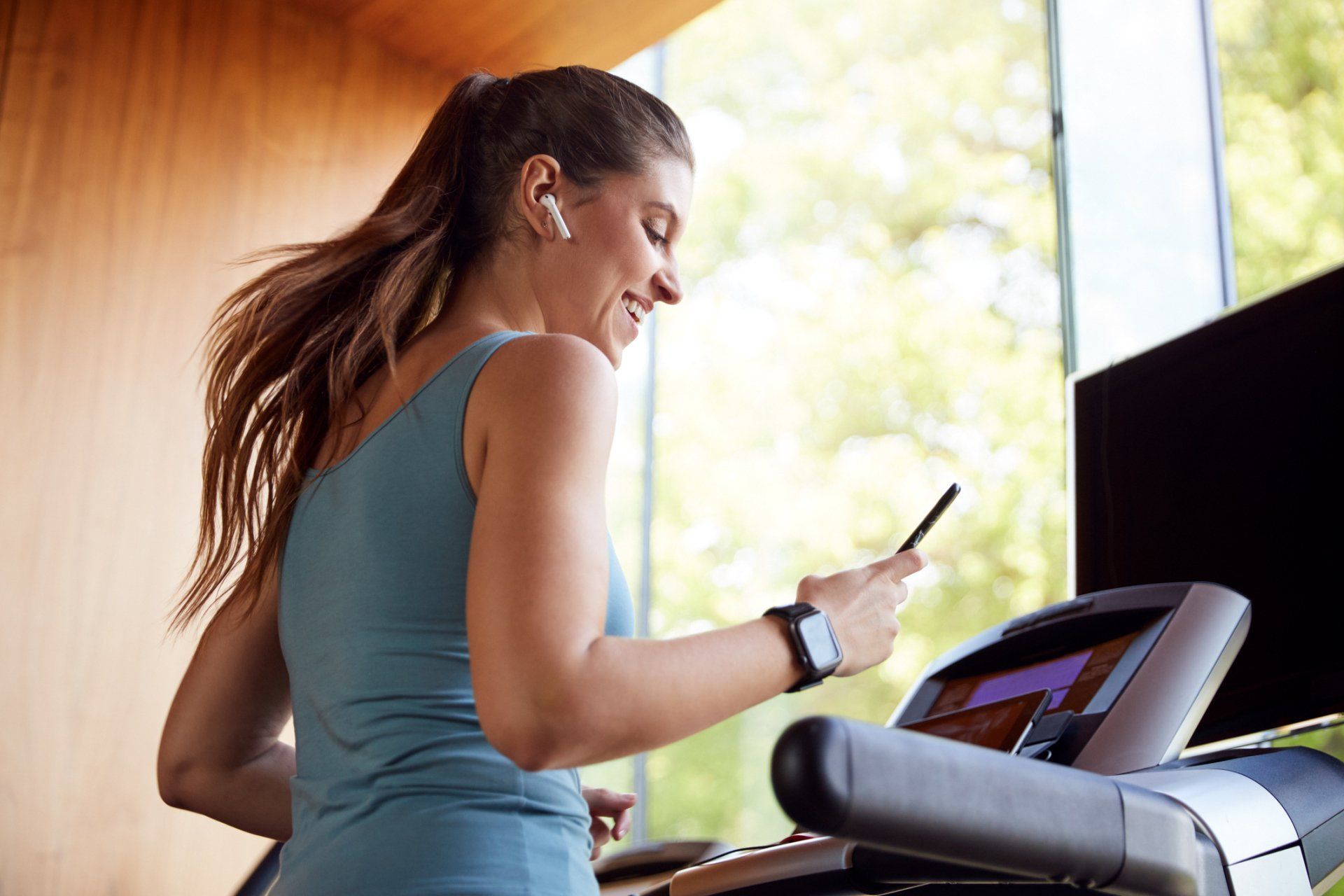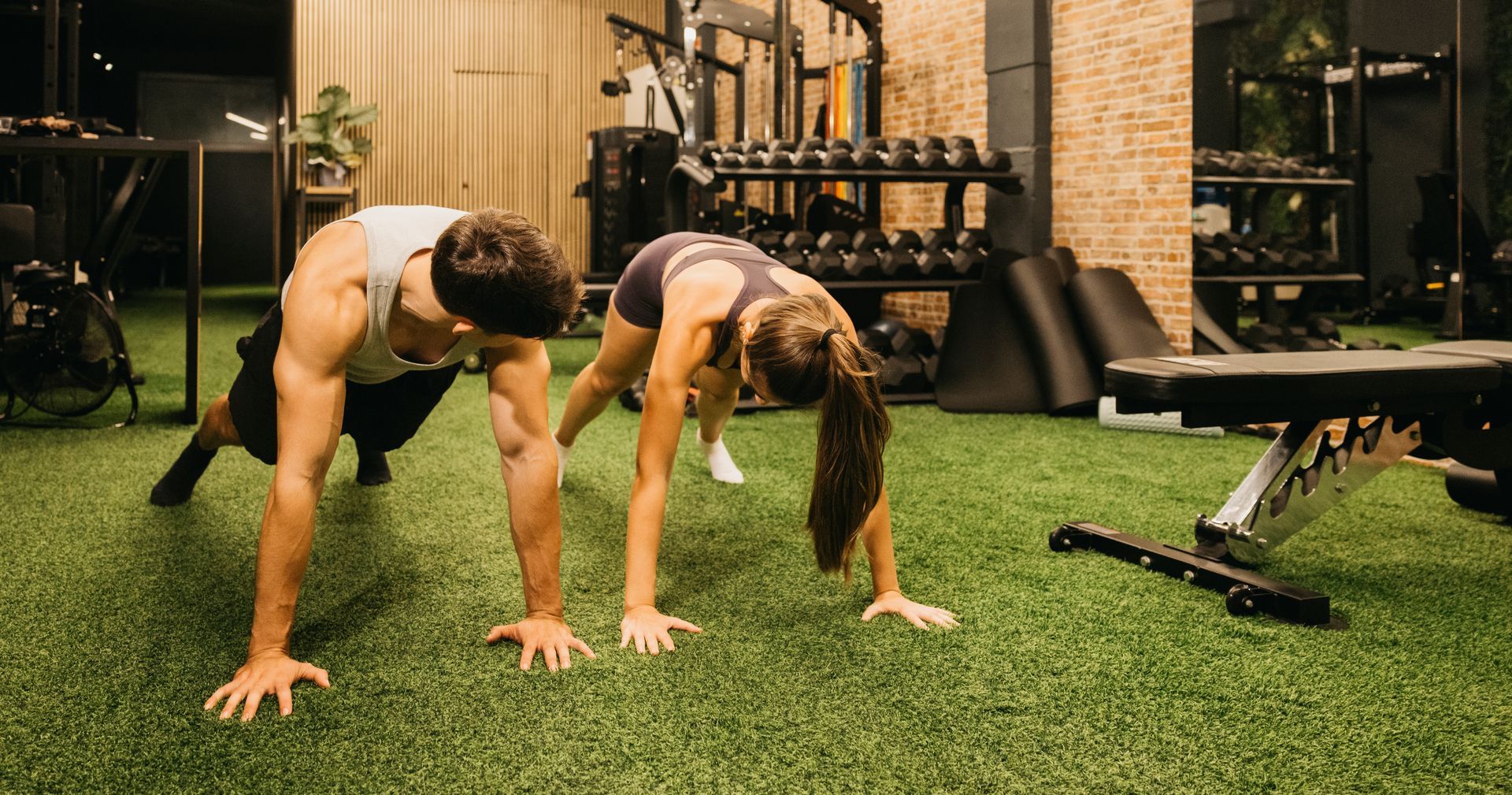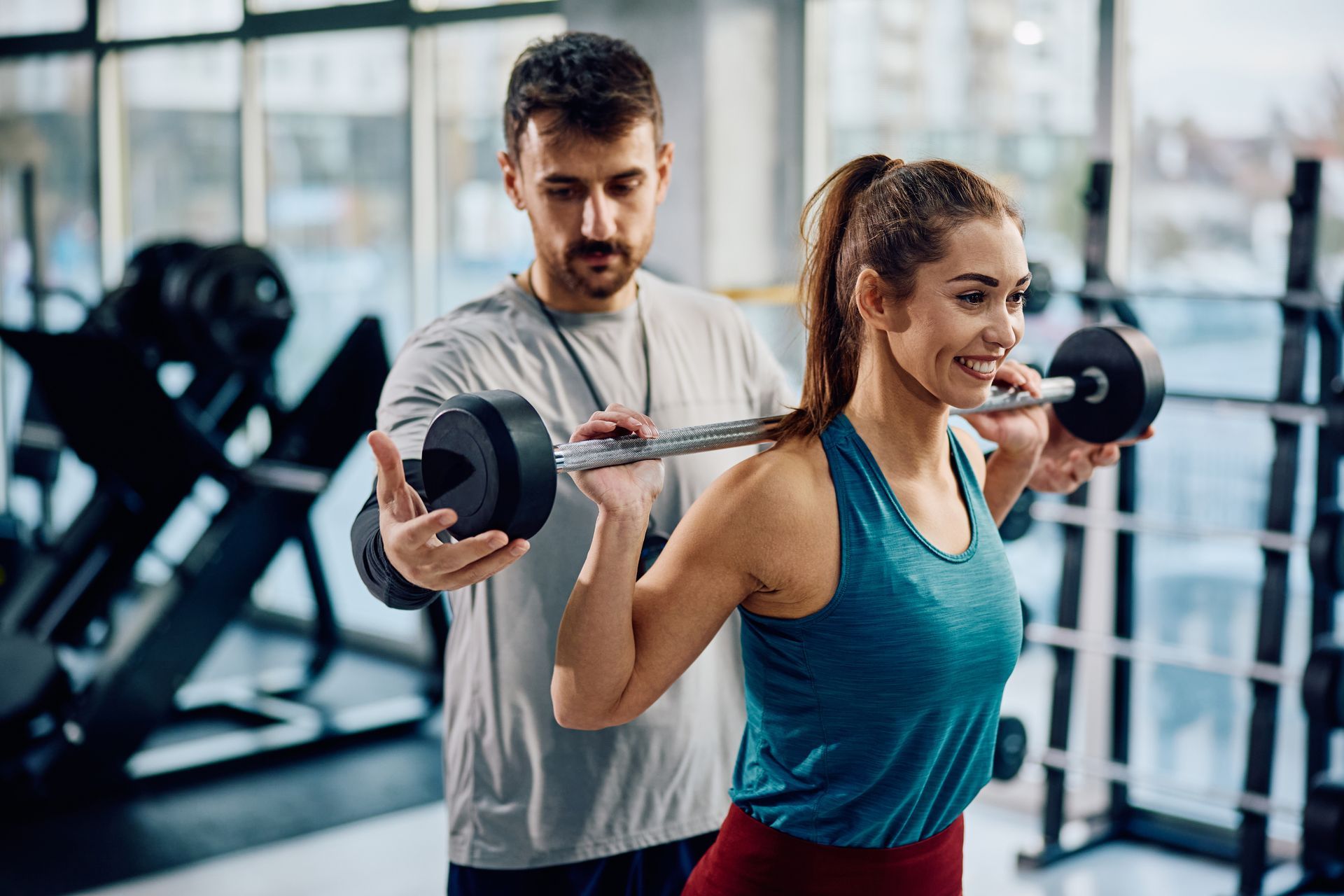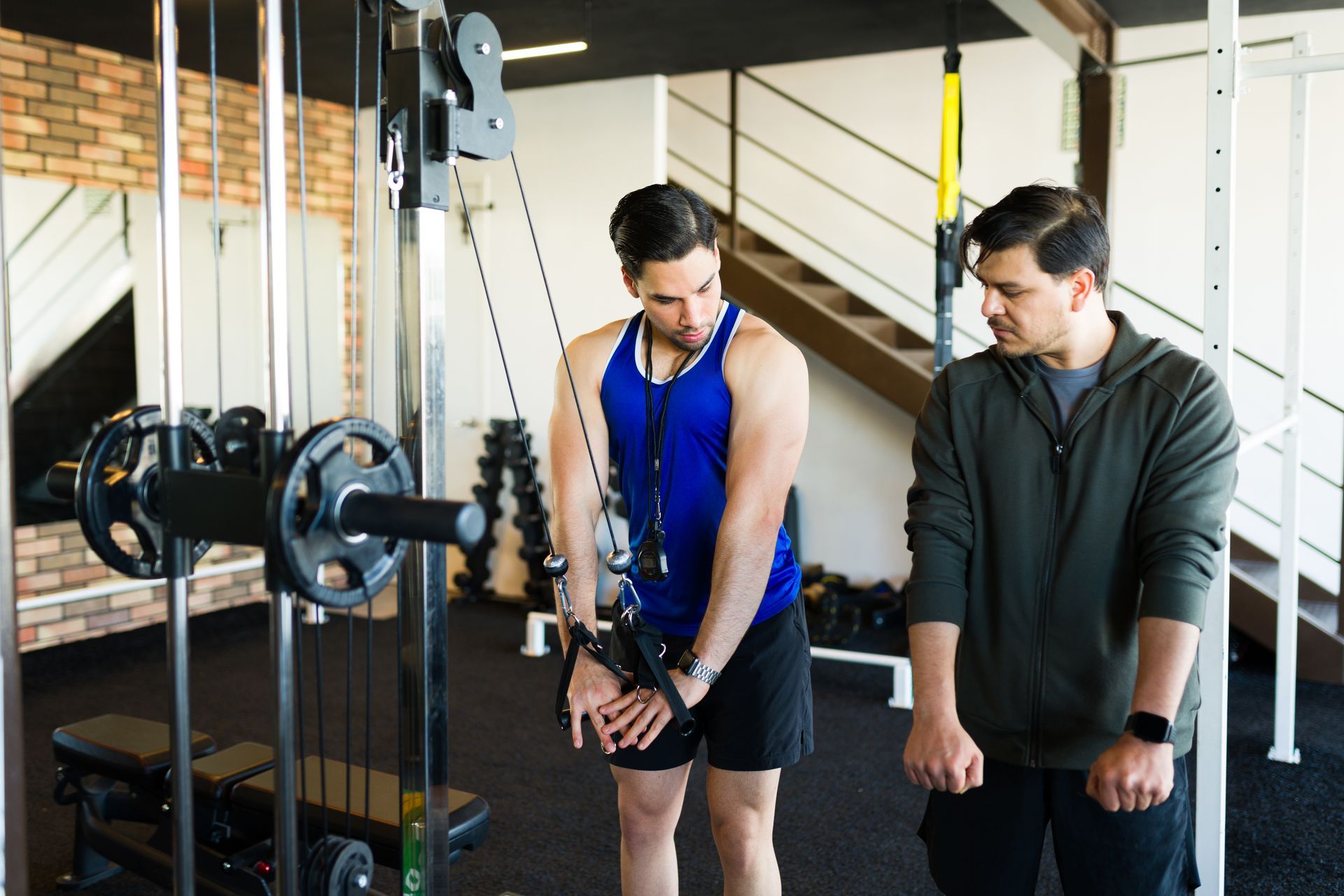April 29, 2022
Building A Garage Gym - What Equipment to Choose?
If you're like most people, the idea of a home gym conjures up images of huge piles of equipment, all taking up space in your already cramped basement or garage.
The reality is that you don't need a lot of equipment to get in a great workout at home - and you certainly don't need anything as big and bulky as a treadmill or an elliptical machine.
In fact, all you really need to get started is your body weight, but we all know that we get adapted to it quite quickly, which is exactly when the need for weights comes in.
So with that in mind, let's take a look at what you might want to consider adding to your home gym arsenal once you’re ready to make your garage a fully-functioning gym.
#1A Squat Rack
When it comes to building a gym in a fairly small place, you HAVE TO be efficient and pick out the most effective pieces of equipment.
Squat racks are some of the most versatile pieces of gym equipment because they can be used for a variety of exercises.
For example, you can use a squat rack to do:
1. Squats
2. Bench presses
3. Overhead presses
4. Biceps curls (usually forbidden in a public gym)
5. Rack pulls
Last but not least, a big disadvantage of working out alone in a home gym is the lack of a spotter. With squat racks and their safety pins, that is no longer a problem.
#1B Olympic Barbell Set
The squat rack is worthless unless you have a barbell and weights to use in it. So this piece of equipment should be assumed. Get yourself a good 300-lb Olympic Barbell set and add extra weights as your strength adapts.
#2 Dumbbells
It is true, the squat rack provides us with the opportunity to put all that raw power to work with the help of a barbell.
However, when it comes to developing a functionally and visually symmetrical physique, you just can’t go without uni-lateral work.
THIS is where dumbbells comes into play…to give let each side of your body work independently.
While a squat rack will allow you to do all your basic, compound movements, a good set of dumbbells can also help with that AND some auxiliary exercises, such as:
1. Upper body presses
2. Lateral raises
3. Triceps extensions
4. Dumbbell rows
5. Goblet squats
6. Dumbbell lunges
7. All kinds of biceps curls!
If you have the space and budget, investing in a whole dumbbell rack is great. But that’s not going to be the best option for most people.
This is where an adjustable set of dumbbells like PowerBlocks or BowFlex comes in. You get multiple sets of dumbbells (often 10-50 lbs or 15-90 lbs) in a single, space-saving set.
#3 Adjust Bench
This is another piece of equipment that is so versatile, it is pretty much a necessity. What makes it such a priority? Well, check out all of these exercises that it can be used for:
1. Bench Press (dumbbell and barbell)
2. Incline Press (dumbbell and barbell)
3. Seated Overhead Press (dumbbell and barbell)
4. DB Rows (one arm and chest supported versions)
5. Pullovers
6. Incline Curl
7. Skull Crushers
8. Step-ups
And this list is just scratching the surface.
You’ll want a bench that can adjust for multiple angles - flat, multiple incline angles (30 degree, 45 degree, 60 degree, 75 degree, 90 degree), and bonus if has a decline setting. I also highly recommend one that has wheels on one end for ease of moving it around.
#4 Dip & Pull Bars
We must not overlook bodyweight movements when it comes to our home gym programs. And while a lot of bodyweight movements don’t require equipment, there are a few exceptions.
And well, as far as bodyweight exercises are concerned, these two exercises are the bomb.
Especially so when you consider that, with the help of a dip belt, you can also add some extra weights to these movements.
If this resonates with you, consider adding a dip & pull-up bar to your home gym.
This is the equipment that will allow you to do different kinds of bodyweight exercises, including, but not limited to:
1. Dips
2. Pull-ups (pronated grip)
3. Chin-ups (supinated grip)
4. Neutral grip pull-ups
5. Leg raises
6. Knee raises
7. Active/passive hangs
8. Muscle-ups (assuming you have the overhead space)
9. More complex bodyweight exercises
Of course, most of these movements require a certain degree of strength. Some of them can be augmented with the help of bands.
As an alternative to this, one other piece of equipment that all strength levels can make use of is a suspension trainer. So if the pull-up and dip bars aren’t in your current physical abilities, a TRX or something similar would be a very good trade off.
#5 A Cable Machine
Now, though free weights must be at the core of your workouts if your goal is to get stronger and more fit, that doesn’t mean you should ignore cables.
With this in mind, it is fair to say that a cable machine should ONLY be considered once you get all the other essentials sorted.
A cable machine will allow you to do more concentrated work on exercises, such as:
1. Triceps pushdowns
2. Cable curls
3. Cable pulldowns
4. Cable rows
5. Cable crunches
Final Thoughts
I’ve only included bigger ticket items in this article. Smaller ones like an exercise mat and a good stability ball are also good additions.
Knowing what equipment to use for your garage gym is important, but having the right attitude and mindset will make or break you.
A home fitness workout should be about more than just getting a good sweat on.
It's also about testing yourself physically, mentally, and emotionally - all of which are necessary components if you want to live an active life and improve your body and mind.
The most important thing you can do when building your own space at home is to choose gear that fits your goals.
So go ahead, get on the market and find YOUR perfect pieces of equipment to set up your personal training temple!
